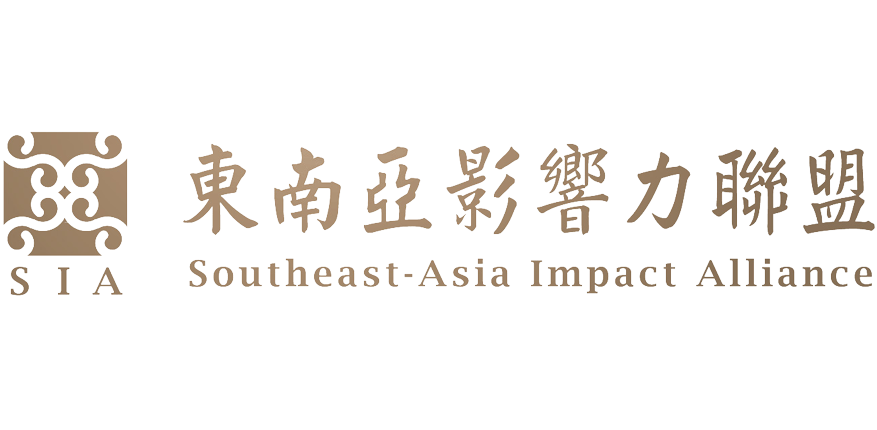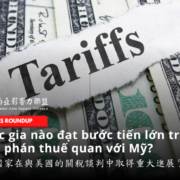Which countries are making significant progress in trade negotiations with the U.S.?
🌍As the Trump administration nears the end of its tariff suspension period, trade partners are adopting various strategies in trade negotiations to reach agreements with the U.S.
Explore more collaboration opportunities and create new value together in the Southeast Asian market.|Link



